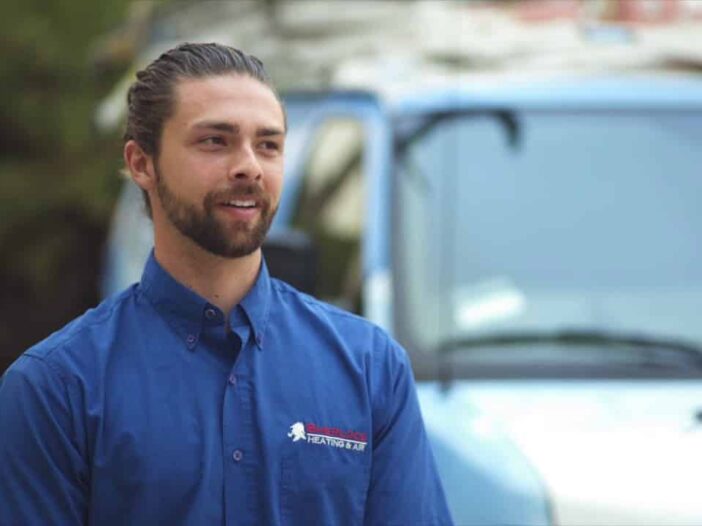
As the heat builds in your garage during the summer, there’s no better time to consider garage ventilation to improve its air quality. It’s even more important if your garage is attached to your home, since outdoor air from here often makes its way into your home.
Garage air can be among the most contaminated you’ll encounter, especially if you park your car inside it. Not only will it contain off-gas and the fumes from all the rubber and plastic parts, the exhaust gases from driving it in and out will collect also. If you store any chemical fertilizers, weed killers, insecticides, or pool chemicals, the air will be even more polluted. Paints, glue, and adhesives also emit harmful vapors.
These emissions are classified as volatile organic compounds (VOCs) and reactions range from mild to serious. Carbon monoxide (CO) is present in all car exhaust and many of the fumes from the chemical products are known carcinogens. VOC levels increase during warmer weather, since heat speeds their evaporation.
How to Ventilate a Garage
It’s fairly simple to install a bathroom or kitchen exhaust fan into a garage wall to pull out the harmful gases. Features like timers, motion sensors, or thermostats add convenience and function. The fan should run long enough to completely pull out the polluted air, which could be up to two hours. A motion sensor operates it automatically and a thermostat will trigger the fan when temperatures in the garage are too warm.
Precautions
If your home has a gas water heater in the garage or the HVAC system’s air handler sits inside it, consult with a licensed HVAC contractor before going forward with an exhaust fan. The fan could backdraft CO into the air. The fans may be small, but they do change the air pressure in the garage, which could interfere with the HVAC operation.

